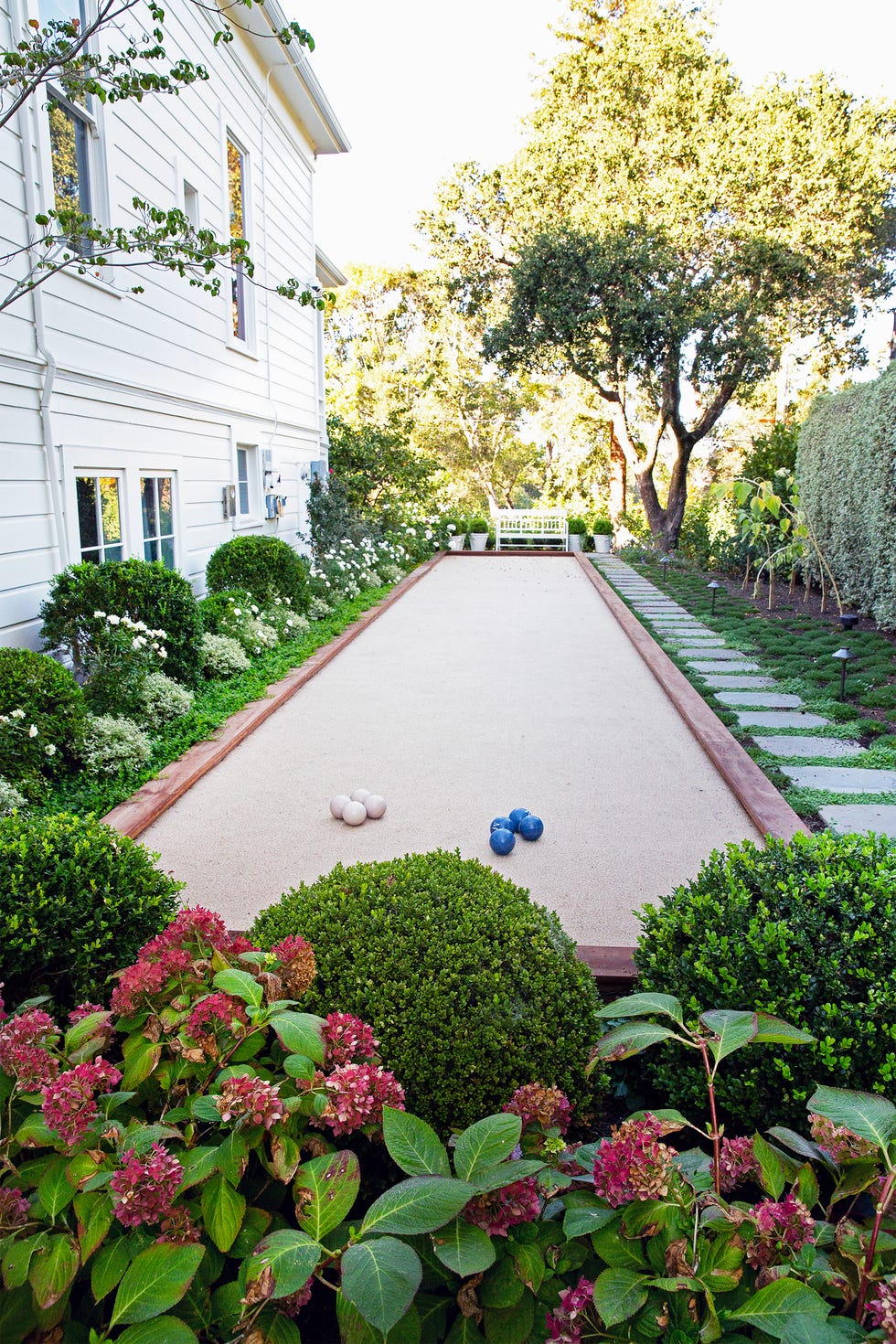Elevate Your Residential or commercial property's Visual With Sustainable Landscaping Styles and Eco-Friendly Practices

Advantages of Sustainable Landscaping
Implementing sustainable landscaping methods not only preserves natural resources but also advertises biodiversity and improves general environmental health and wellness. One substantial advantage is the decrease of water consumption with the use of drought-resistant plants, rain yards, and effective irrigation systems.
In addition, lasting landscaping can improve dirt health by minimizing using chemical plant foods and chemicals, thus producing a healthier atmosphere for plant growth and advantageous soil microorganisms. This, in turn, boosts the general strength of the landscape to withstand environmental stress factors and climate modification effects - landscaping contractor Jacksonville. In addition, sustainable landscape design practices can draw in varied wild animals, including pollinators like butterflies and bees, promoting a more vibrant and well balanced environment within the residential property
Incorporating Indigenous Plants
To build upon the benefits of sustainable landscaping, a calculated emphasis on incorporating indigenous plants can even more improve ecological resilience and advertise biodiversity within the landscape. Indigenous plants are species that normally occur in a specific area and have progressed to grow in the neighborhood climate, dirt conditions, and environment. By consisting of indigenous plants in landscaping layouts, home owners can lower water use, minimize the demand for chemical pesticides and fertilizers, and support the regional wild animals population.
Including native plants also aids in preserving the distinct personality and identification of a region's flora. These plants often need less upkeep as soon as developed, making them a lasting and affordable landscaping service in the future. Furthermore, native plants can attract indigenous pollinators like and butterflies, adding to the general wellness of the ecological community.
When picking native plants for landscape design tasks, it is vital to select species that are appropriate to the certain environmental problems of the website. Consulting with agricultural yards or neighborhood nurseries can offer important support on selecting the ideal native plants for a certain location. By incorporating indigenous plants into landscaping designs, residential or commercial property proprietors can create gorgeous, sustainable exterior spaces that profit both the setting and the area.

Water Preservation Methods
Effective watering approaches play a critical duty in lasting landscaping practices, ensuring optimal water preservation initiatives in outside rooms. Drip watering delivers water directly to the origins of plants, lessening dissipation and runoff.
In enhancement to advanced irrigation approaches, xeriscaping is another water-saving landscape design method that concentrates on making use of drought-resistant plants, mulch, this contact form and reliable irrigation to develop a low-water landscape design - landscaping contractor Jacksonville. By selecting native plants that are fit to the local environment and soil problems, property proprietors can decrease the need for too much watering, eventually saving water and advertising a sustainable outdoor atmosphere
Eco-Friendly Hardscaping Ideas
Enhancing exterior spaces with environment-friendly hardscaping functions can contribute considerably to sustainable landscape design practices. Decide for materials like recovered wood, recycled concrete, or natural stone to lessen environmental impact when considering hardscaping components. These products not just add an one-of-a-kind visual interest your outdoor area more yet additionally minimize the need for brand-new resources extraction.
Applying absorptive paving alternatives such as crushed rock or absorptive concrete can aid minimize water overflow and advertise groundwater recharge. These alternatives enable rainwater to seep right into the ground, protecting against disintegration and lessening the burden on stormwater systems.
Incorporating indigenous plants into hardscaping layouts can even more improve eco-friendliness by sustaining regional wildlife and reducing the demand for extreme watering or chemical treatments. By incorporating upright yards or green wall surfaces, you can introduce more plant life into metropolitan setups, boosting air quality and biodiversity.
Incorporating energy-efficient lighting, such as solar-powered LEDs, into hardscaping styles can decrease electrical energy usage and reduced your residential property's carbon impact. Prioritizing green hardscaping ideas not only improves the appeal of your exterior area however also shows a dedication to ecological stewardship.
Upkeep Tips for Sustainable Landscapes

Frequently trim plants to advertise healthy and balanced growth and prevent overgrowth that can lead to pest problems or diseases. Use organic plant foods to nurture the dirt and plants without dangerous chemicals that can leach right into the environment.
Verdict
To conclude, sustainable landscaping methods use various benefits for home proprietors, from improving the visual allure of the environments to promoting environmental conservation. By including indigenous plants, implementing helpful hints water conservation techniques, and using eco-friendly hardscaping concepts, residential or commercial property proprietors can create attractive landscapes that are also eco accountable. With proper upkeep, sustainable landscapes can prosper and add to a much healthier community for both humans and wild animals.
Moreover, sustainable landscape design can boost dirt wellness by lessening the use of chemical plant foods and chemicals, consequently creating a much healthier atmosphere for plant development and valuable soil microorganisms.To build upon the advantages of lasting landscaping, a critical focus on incorporating indigenous plants can better boost ecological strength and advertise biodiversity within the landscape. By including indigenous plants in landscaping styles, building owners can minimize water usage, lessen the need for chemical pesticides and plant foods, and sustain the regional wild animals populace.
These plants typically require less upkeep when established, making them a affordable and lasting landscape design remedy in the long run. By integrating native plants into landscape design designs, property proprietors can produce attractive, sustainable outdoor spaces that benefit both the community and the setting.